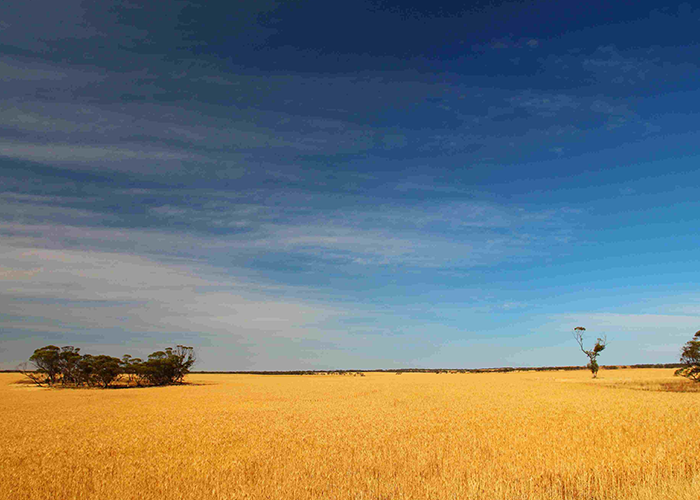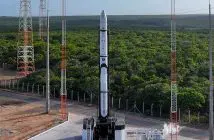
The SmartSat Cooperative Research Centre (CRC) will deliver two new research projects in partnership with the South Australian Government. The projects will pilot using space data and artificial intelligence to improve environmental monitoring on Earth.
The AUD500,000 funding commitment will use data captured by the South Australian-built satellite Kanyini to investigate ways to support government agencies and research institutions in thermal sensing and biodiversity mapping.
One of the projects will use Kanyini’s onboard thermal imagery and AI-based analytics capability to monitor a more current picture of surface temperatures across Adelaide and areas of regional South Australia and how this impacts citizens.
Working with the Department for Environment and Water, the project aims to pilot updated heat maps to enable more adaptive planning and responses to heatwave impacts. This has the potential to aid with infrastructure planning and mitigation strategies, community resilience for heat events, and greening investment.
“Until now, images of our state have been sourced from foreign satellites, limiting our access to up-to-date, detailed images of areas of interest,” said SmartSat CRC CEO Professor Andy Koronios. “With the Kanyini mission, we are demonstrating the capability to capture images of specific locations tailored to particular applications.”
A second project, in collaboration with the Department for Environment and Water and Primary Industries and Regions SA, will pilot new approaches to improving understanding of land use in South Australia. This enhanced data could help monitor changes in native vegetation cover, crop health, and land use.
Focusing on Kangaroo Island and the Northern pastoral region, Kanyini’s hyperspectral imagery combined with AI-based analytics aims to deliver an improved understanding of South Australian native vegetation communities and key species important for carbon sequestration. This has the potential to provide vital insights for farmers and pastoralists to monitor and understand vegetation changes as well as forecast the ecological impacts of future climate conditions.
“Harnessing the power of space data unlocks unprecedented opportunities for us to understand and protect our environment, as well as deliver tangible benefits to our communities,” said South Australian Space Industry Centre Chief Executive Matt Opie. “The Kanyini satellite exemplifies this potential, and these projects will provide critical insights derived from space to help our experts on the ground make informed decisions to tackle environmental management and sustainability challenges.”
SmartSat CRC, Australia’s largest space industry-research collaboration and lead of the Kanyini mission, will steer the projects, helping to deliver key insights and drive better outcomes for South Australian communities.
Kanyini is set to be launched into orbit onboard SpaceX Transporter 11 in July.





